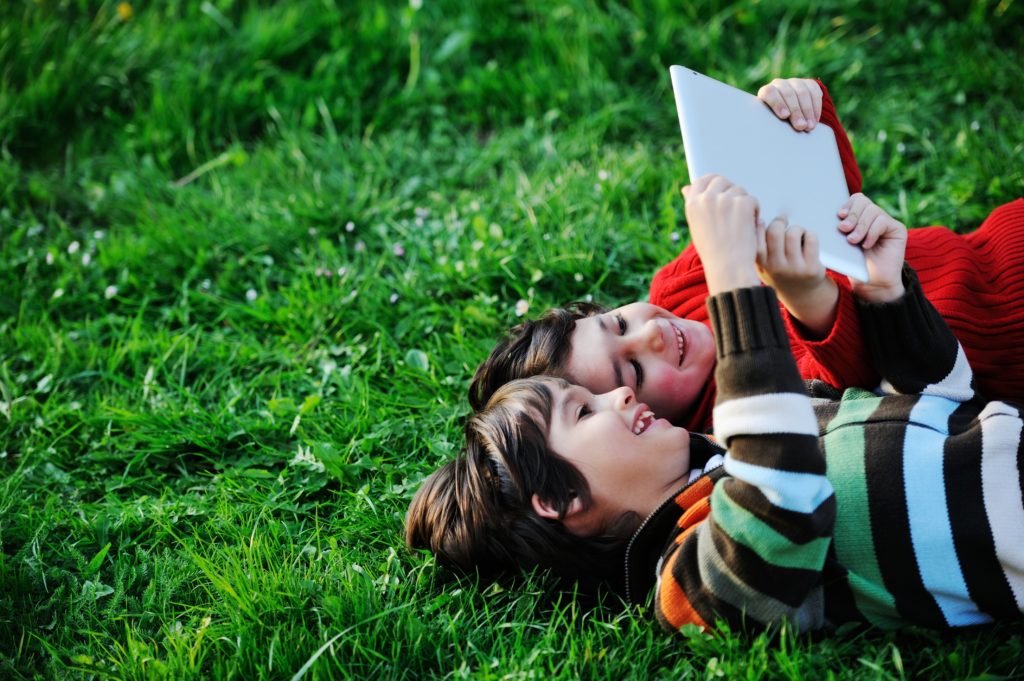Exploring the intricacies of verbal and nonverbal communication in Spanish culture unveils a rich tapestry of social customs, etiquette, and interpersonal dynamics. From linguistic formalities to gestures of warmth and hospitality, navigating the nuances of communication offers insight into the vibrant cultural fabric of Hispanic societies.
Formality in Language
In Spanish-speaking countries, the use of formal language reflects respect and social hierarchy. Addressing individuals with titles such as “Señor” or “Señora,” followed by their last names, is customary, particularly when interacting with elders or in professional settings. The transition to informal language occurs organically, often initiated by the interlocutor, signaling a shift towards familiarity and camaraderie.
Social Etiquette
Social interactions in Hispanic cultures are imbued with warmth, conviviality, and a strong emphasis on hospitality. Meals serve as communal gatherings where conversations flow freely, fostering bonds of friendship and kinship. It is customary for more significant discussions or business matters to be broached after the meal, as the relaxed ambiance encourages open dialogue and collaboration.
Politeness and Gratitude
Expressions of politeness, such as saying “please” (por favor) and “thank you” (gracias), are fundamental pillars of Spanish etiquette. These simple courtesies reflect appreciation and consideration, underscoring the importance of mutual respect and gratitude in interpersonal exchanges.
Physical Gestures
Nonverbal communication plays a pivotal role in Spanish culture, with gestures often conveying emotions, intentions, and social cues. Upon initial meetings, handshakes are common, symbolizing respect and goodwill. However, as familiarity deepens, men may transition to hugs, while women may exchange kisses on the cheek, or even both cheeks, as a gesture of affection and closeness.
Proximity and Personal Space
Hispanic cultures typically exhibit a closer proximity during interactions, with individuals standing at a shorter distance compared to Western norms. Personal space is viewed differently, and individuals may interpret distance as a measure of warmth and engagement. Moving away from someone during conversation can be perceived as aloof or dismissive, highlighting the importance of maintaining closeness in social exchanges.
Flexibility in Time
Unlike rigid schedules common in some cultures, Hispanic societies embrace a more relaxed approach to timekeeping. Punctuality is appreciated but not paramount, with many individuals adhering to a flexible notion of time. It is not uncommon for social gatherings to commence later than scheduled, with some guests arriving fashionably late, contributing to the leisurely pace of social interactions.
In essence, verbal and nonverbal communication in Spanish culture is characterized by a blend of formality, warmth, and sociability. By understanding and embracing these cultural nuances, individuals can navigate social interactions with grace, respect, and appreciation for the rich tapestry of Hispanic customs and traditions.
See below for more articles!

